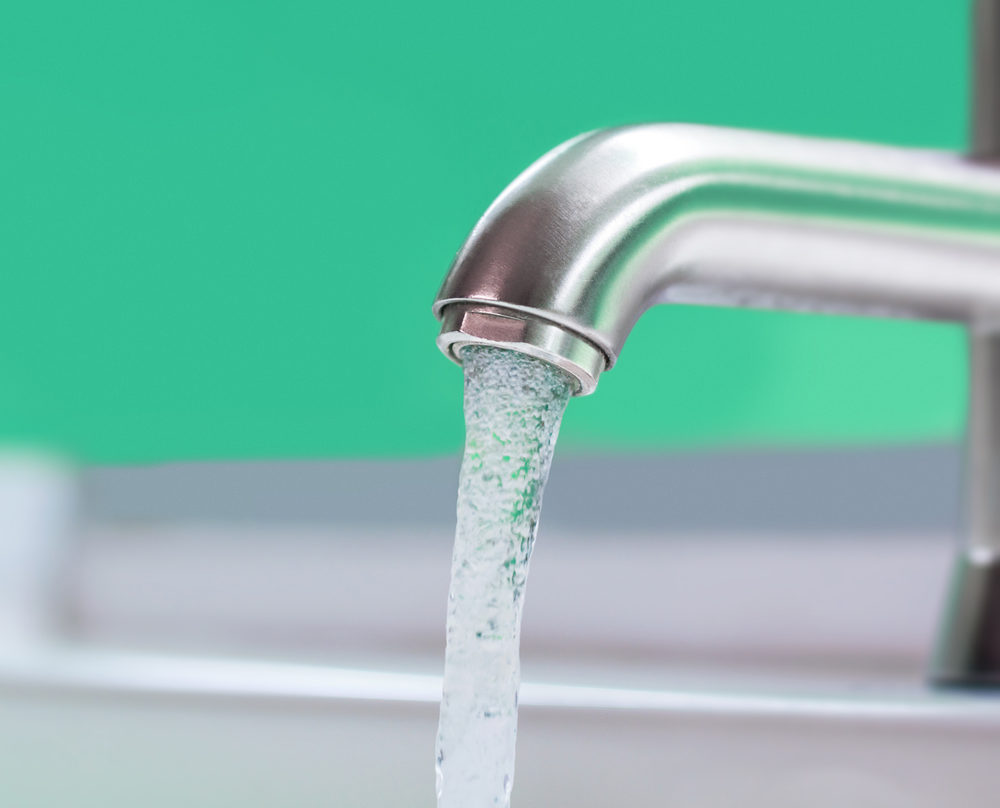Well Water Lead Contamination Problems Pose Risk Many States: USGS

More than 20,000 drinking water wells throughout the country are in danger of lead contamination, according to a new government report.
The U.S. Geological Survey (USGS) issued a report (PDF) on July 13, indicating that wells in 25 states have high levels of corrosivity in groundwater. The corrosive water can dissolve lead and other metals in pipes and fixtures, allowing the metals to flow into homes to be consumed, putting consumers, especially children, at risk of lead poisoning, according to the report.
The USGS found that wells in 11 states, and the District of Columbia, had a very high prevalence of potentially corrosive groundwater. Another 14 states were classified as having a high prevalence. The report indicates 19 states had a moderate prevalence of high corrosivity groundwater, while only six states had a low prevalence.

Learn More About
Children diagnosed with lead poisoning after exposure to peeling or chipping lead paint in a rental home may be entitled to financial compensation and benefits.
Learn More About this Lawsuit SEE IF YOU QUALIFY FOR COMPENSATION“These findings have the greatest implication for people dependent on untreated groundwater for drinking water, such as the 44 million people that are self-supplied and depend on domestic wells or springs for their water supply,” the USGS warned.
The report includes national maps of potential corrosivity of untreated groundwater. The maps were created using data collected at about 27,000 groundwater sites nationwide through the National Water Information System (NWIS).
The states with the highest levels of corrosivity in untreated groundwater, and thus with higher risks of lead exposure via drinking water wells, are dominated by east coast states and include Alabama, Connecticut, Delaware, Georgia, Maine, Maryland, Massachusetts, New Hampshire, New Jersey, Rhode Island and South Carolina, as well as D.C.
The states with the lowest levels of corrosivity include mostly western and Great Plains states, including Colorado, Montana, Nebraska, North Dakota, South Dakota and Wyoming.
The report came just two weeks after a report by the National Resources Defense Council (NRDC), which warned that between 15 million to 22 million Americans are exposed to drinking water with excessive lead levels through public water systems.
EPA rules require systems to provide water from lead free water pipes. The “lead free” definition is weighted at an average of 0.25% lead calculated across the wetted surfaces of a pipe, pipe fitting, plumbing fitting, and fixture, supplying drinking water to the public. The Act specifically mandates the repair of any plumbing fittings or fixtures providing water sources not classified under as “lead free”.
However, the NRDC found 5,363 community water systems failed to treat to reduce lead levels, monitor for lead, or report test results. According to the NRDC’s findings, nine out of ten of the water rule violations are never reported to the EPA to enforce repairs and the EPA had only sought penalties against three percent of jurisdictions in violation of excessive lead levels.
The CDC estimates that 535,000 children ages 1-5, or about 2.6% of such children in the U.S., have levels of lead in their blood that place them at risk for adverse health effects. To come up with that number, the CDC analyzed data from the National Health and Nutrition Examination Survey from the years 1999 to 2002, and 2007 through 2010.
The majority of those children are poor and live in older urban areas, mainly in the inner city. Most are minorities, meaning such exposures add to numerous problems already plaguing inner city black and Latino youths, such as poverty, high crime and poor schools.
Get more articles like this sent directly to your inbox.
"*" indicates required fields






0 Comments